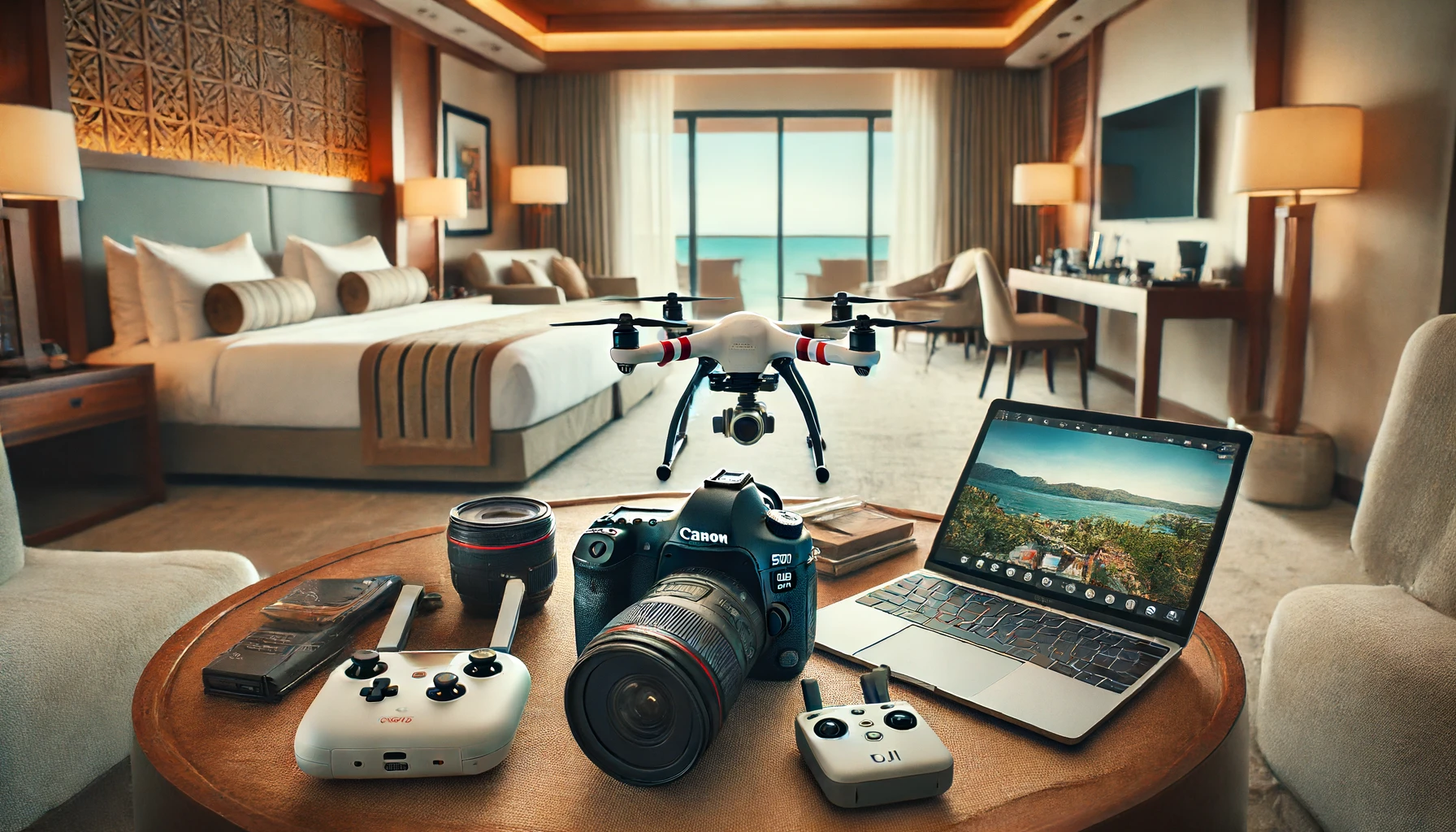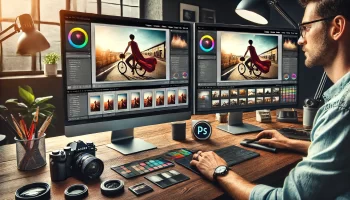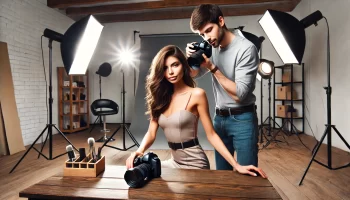Capture Your Adventures: Travel Photography with Drones
Travel photography has taken a massive leap forward with the advent of drones. These flying cameras allow us to capture stunning aerial views and perspectives that were once impossible. But how do you make the most out of your drone and camera gear without being bogged down by heavy equipment? Let’s dive into some tips and tricks for using drones in travel photography, selecting the best lenses for a lightweight kit, and finding those perfect locations to snap unforgettable shots.
Why Drones are Game Changers in Travel Photography
Drones open up a whole new world of possibilities in travel photography. From sweeping landscapes to unique angles of urban environments, the aerial perspective can transform ordinary scenes into extraordinary compositions. Here’s why drones are essential for your travel photography toolkit:
Aerial Views: Capture expansive landscapes and cityscapes from above, revealing patterns and features not visible from the ground.
Dynamic Angles: Experiment with new angles and compositions to add a fresh perspective to your portfolio.
Accessibility: Reach places that are difficult or impossible to access on foot.
Essential Tips for Drone Photography:
To ensure you capture the best possible shots with your drone, keep these tips in mind:
Check Regulations: Before flying your drone, make sure you understand the local regulations and obtain any necessary permits. This is crucial for avoiding fines and ensuring safe operation.
Plan Your Shots: Use apps to check weather conditions, wind speeds, and the position of the sun. Planning ahead will help you get the perfect shot without surprises.
Practice Flying: Spend time getting comfortable with your drone’s controls and features. Practice makes perfect, and being familiar with your drone will help you capture better images.
Composition and Framing: Apply traditional photography techniques like the rule of thirds, leading lines, and symmetry to your drone shots. These principles still apply to aerial photography and can enhance your compositions.
Battery Management: Always carry extra batteries and plan your flights to make the most of your drone’s battery life. Drones typically have limited flight times, so efficient battery management is essential.
Scout on Google Earth: Use Google Earth to get a bird’s-eye view of potential locations. This tool is excellent for identifying interesting landscapes and planning your drone flights.
Sourcing Stunning Locations for Drone Photography:
Finding the perfect locations for drone photography can make all the difference. Here are some tips on how to source incredible spots for your next shoot:
Research Online: Websites like Instagram, Pinterest, and travel blogs are treasure troves of inspiration. Look for popular spots and hidden gems by searching relevant hashtags and location tags.
Conclusion: Elevate Your Travel Photography with Drones
Incorporating a drone into your travel photography arsenal can elevate your work to new heights, literally and figuratively. By packing light with the right lenses and sourcing stunning locations, you’ll be well-equipped to capture breathtaking images that tell the story of your adventures from a unique perspective.
So, get out there, explore, and let your drone take your travel photography to new horizons!
Packing Light: The Ideal Lenses for Travel Photography
When traveling, carrying a heavy camera bag can be a burden. The key is to choose versatile lenses that can handle a variety of shooting scenarios without weighing you down. Here are some recommendations:
1. Prime Lenses:
50mm f/1.8: Often referred to as the “nifty fifty,” this lens is lightweight, affordable, and great for portraits and low-light situations.
35mm f/1.8: A bit wider than the 50mm, this lens is perfect for street photography and environmental portraits.
2. Zoom Lenses:
24-70mm f/2.8: This versatile zoom lens covers wide-angle to short telephoto, making it ideal for landscapes, portraits, and everything in between.
70-200mm f/4: If you need a telephoto option, this lens is relatively lightweight and great for wildlife and distant subjects.
3. Wide-Angle Lenses:
16-35mm f/4: Perfect for capturing vast landscapes and architectural shots, this lens offers a broad field of view without the bulk.
By selecting a combination of these lenses, you can cover a wide range of photography needs without overloading your bag.
Use Photography Apps: Apps like PhotoPills and PlanIt for Photographers offer tools to help you plan your shots, including sun and moon positions, tide times, and points of interest.
Join Photography Groups: Online communities and forums can provide valuable insights and recommendations from fellow photographers who have explored similar destinations.
Talk to Locals: When you arrive at your destination, ask locals for recommendations. They can often point you to lesser-known spots that offer unique photographic opportunities.
FAQs
1. What drone is best for travel photography?
The DJI Mavic Air 2 is a popular choice for travel photographers due to its compact size, excellent camera quality, and ease of use.
2. How do I ensure my drone shots are high quality?
Plan your shots, use proper settings, and apply traditional photography techniques like composition and lighting to enhance your drone images.
3. Can I fly my drone anywhere I travel?
No, drone regulations vary by country and even within regions. Always check local laws and obtain necessary permits before flying your drone.
4. What’s the best way to carry my drone and camera gear while traveling?
Invest in a durable, lightweight backpack designed for camera gear and drones. This ensures your equipment stays safe and organized.





